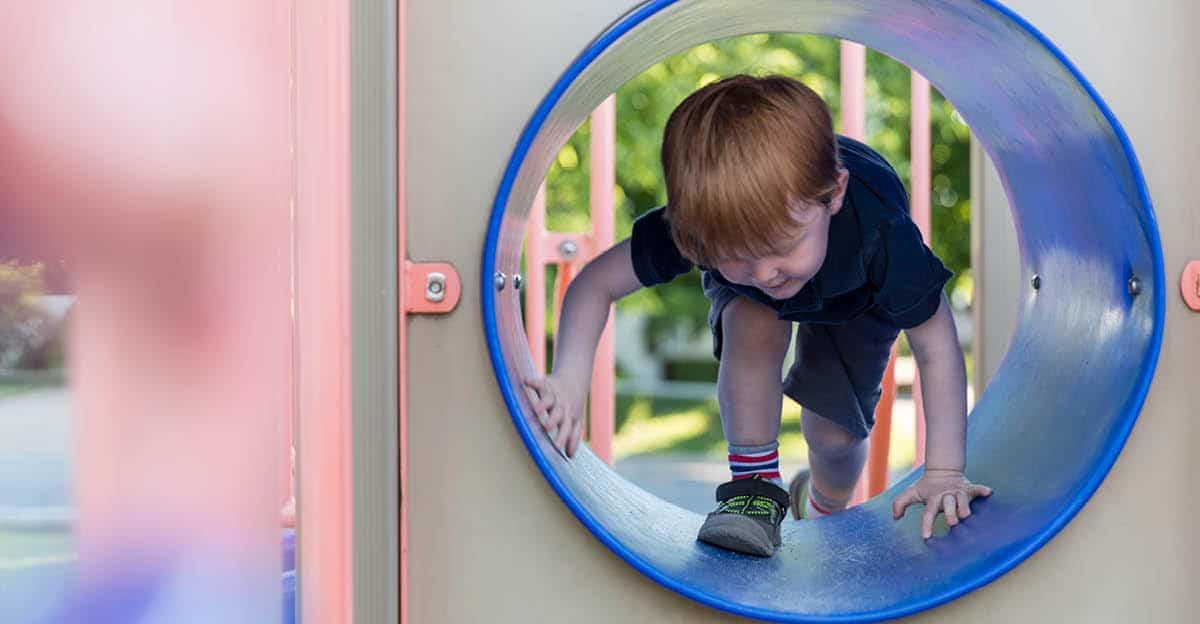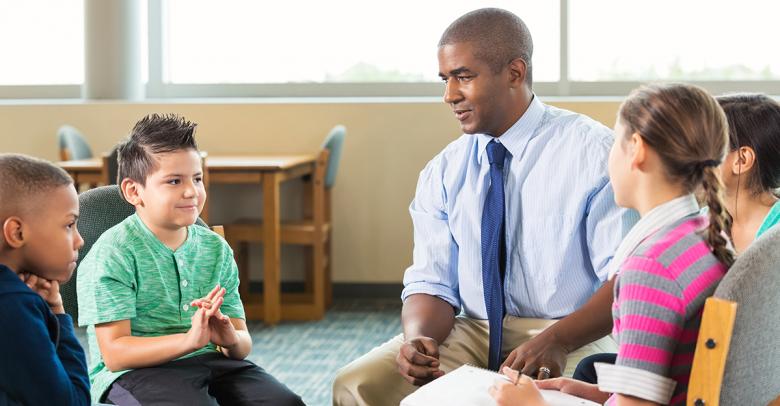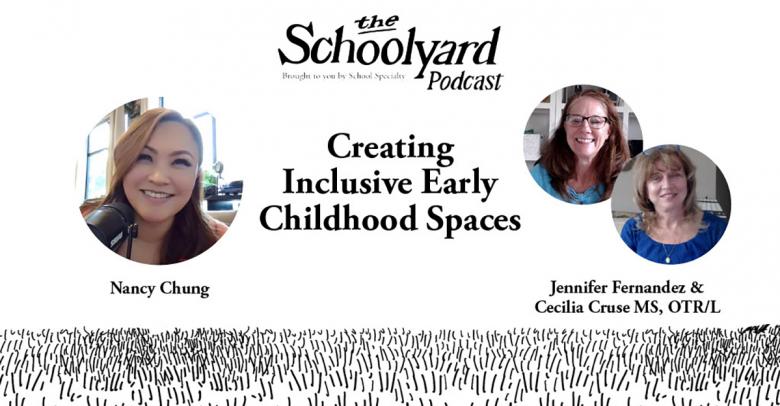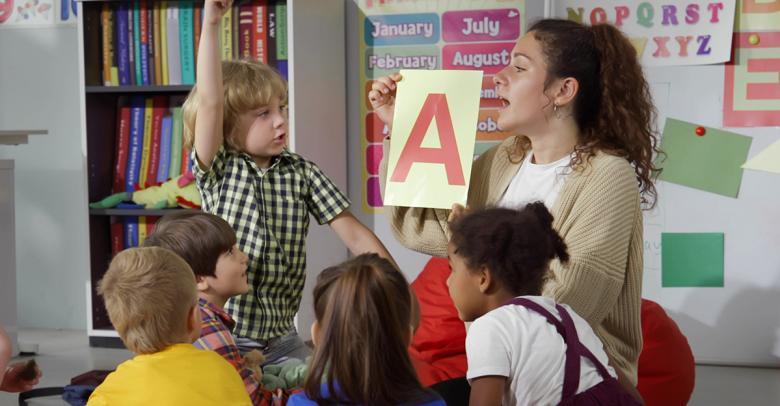Early childhood education focuses on children’s development during ages three to five. While this developmental period should ideally focus equally on mental and physical development, in recent decades an emphasis has been placed on mental development, creating a concurrent de-emphasis on physical development. However, the two actually go hand-in-hand and should not be considered two separate entities during early childhood development and education.
Integrating physical activity into young children’s lives is essential for creating a foundation of movement and activity that they will carry with them throughout the rest of their lives. Physically active children learn habits in early childhood that greatly increase their chances of remaining physically active through their young adult and teenage years and into adulthood.
Benefits of Movement-Based Learning
There are many reasons that promoting structured physical activity in children will benefit them throughout childhood and into adulthood. These reasons range far beyond physical development, to social, emotional, and mental development. Young children are naturally active and will move, run, kick, throw, and play on their own in nearly any environment. However, children today are faced with a variety of challenges that reduce their natural aptitude toward movement and physical activity, including:
- Entering daycare at a young age, where they may or may not place an emphasis on movement and physical activity.
- Increased use of technology as a form of sedentary activity, leaving less time for movement-based activities.
- Classrooms that focus on mental activity rather than physical activity, starting as early as pre-school, in order to prepare students to meet curriculum requirements and standardized test score levels later in their education.
- Single-parent homes or parents who both work outside the home, leaving them little time to devote to regular daily activity and movement with their kids.
If your children attend daycare or pre-school, try to choose a school with an early childhood education program that integrates movement and physical activity with cognitive learning and places an emphasis on learning and exploration through movement.
There are a vast number of benefits for children who experience increased movement and physical activity in early childhood. In addition to creating healthy habits and fostering a lifelong commitment to physical activity, children whose early childhood education is based in movement enjoy the following benefits in both early childhood and for the rest of their lives:
- Better social and motor skill development
- Increased school readiness skills
- Building developing muscles, bones, and joints faster
- Reducing fat and lowering blood pressure
- Reducing depression and anxiety
- Increased learning capacity
- Developing healthier social, cognitive, and emotional skills
- Building strength, self-confidence, concentration, and coordination from an early age
Further, active children have fewer chronic health problems, are sick less frequently, miss less school, and have a significantly reduced risk for a number of childhood and adult diseases, including heart disease, diabetes, obesity, depression, and mental illness.
Adopting a Movement-Based Curriculum
Since cognitive learning and physical activity go hand-in-hand and reinforce one another in early childhood development, it is essential for daycares and preschools to adopt a curriculum that emphasizes both and uses movement to promote and teach cognitive development. Since young children dont like to sit still for long periods and respond better to activities that change frequently, early childhood education can really benefit and use time more efficiently from using a movement-based program to teach cognitive skills.
Children have many opportunities to learn through movement. One area that young children respond particularly well to is using music and rhythm to teach other developmental skills. Listening to the different rhythms of music and asking children to respond to what they hear through movement can integrate music education, physical education, and cognitive development into a single lesson plan. Allowing the children to create the music themselves can take this activity one step further.
If programs such as these are started early in life, older children will respond better to similar, more advanced lesson plans. Schools suffering from a lack of time for music, PE, and recess in their overall curriculum could possibly benefit the most from combining these so-called elective classes and integrating movement into the lessons of the traditional classroom.
Movement-based learning programs require proper preparation and staff training, particularly since physical activity has become de-emphasized in formal training programs. Educators need to focus equally on four components: curriculum, hands-on training, equipment, and follow-up support. Continuing education in movement-based early childhood education is essential for the adults responsible for teaching and instilling these lifelong principles in children.






Leave a Reply